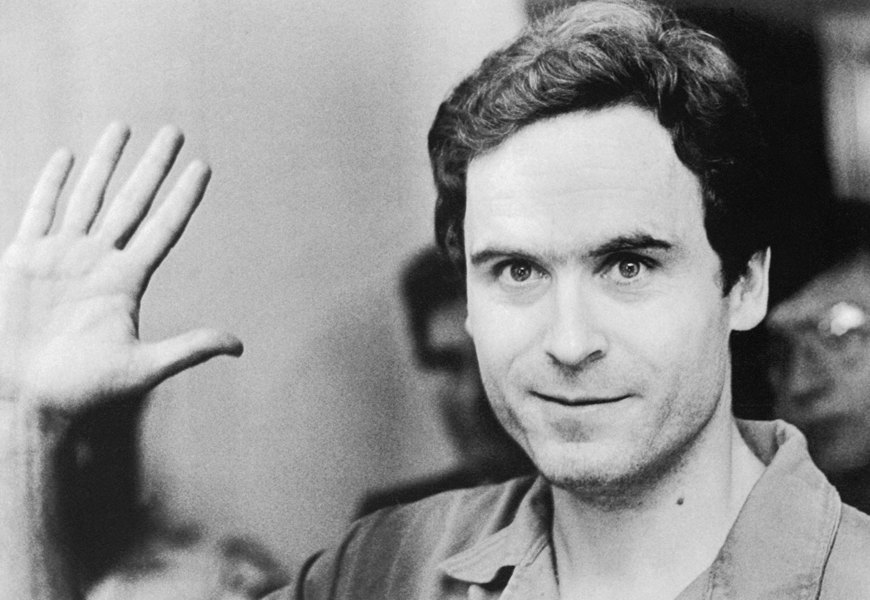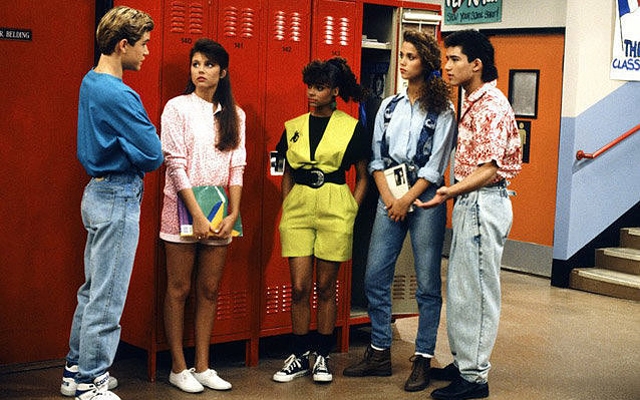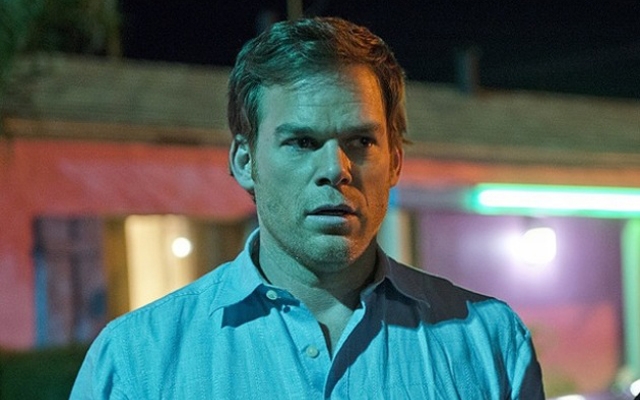Welcome to True Crime Tuesday where we review, recommend and generally obsess over everything crime-related.
The term psychopath is often thrown around in connection with serial killers and criminals. It’s easy to refer to every violent person as a psychopath but in reality, most of them aren’t the true definition of the word. It’s also important to remember that not every psychopath is also a killer. Psychopathy is traditionally characterized by antisocial behaviour, impaired empathy and remorse, and narcissism. Canadian psychology Robert D. Hare developed the Psychopathy Checklist in the 1970s and a revised version is still used to help diagnose a range of mental disorders today.
When it comes to infamous serial killers, it’s not difficult to identify certain psychopathic tendencies (lack of remorse being a big one) in the things they have done. Ted Bundy is a classic example of a killer who hid in plain sight so well that even the people who knew him personally couldn’t believe he was capable of murder. Bundy, who scored a 39/40 on the Psychopathy Checklist, confessed to 30 murders and was sentenced to death.
Now, 30 years after he was executed, Netflix is releasing a docuseries called Conversations With a Killer: The Ted Bundy Tapes that will include recordings of Bundy himself and dive into his crimes, trials, and even the killer’s own explanations of why he turned out the way he did. Director Joe Berlinger (known for HBO’s Paradise Lost trilogy on the West Memphis Three) is also behind the upcoming Extremely Wicked, Shockingly Evil and Vile starring Zac Efron as Bundy.
If you don’t know much about Ted Bundy, Berlinger’s film (which is premiering at Sundance later this month) and Netflix special (check out the trailer below) will be full of details that reveal just how dangerous he really was. Here are a few things you should know about Ted Bundy:
He worked at a suicide prevention hotline
While enrolled in psychology at the University of Washington, Bundy work at Seattle’s Suicide Hotline Crisis Center. He worked alongside Ann Rule, who described him as “kind, solicitous, and empathic” in the way he interacted with people who called in looking for someone to talk to. In her book The Stranger Beside Me, Rule details her friendship with Ted and how it took her awhile to admit that the Ted she knew might be the same “Ted” the police were looking for in connection with a lot of missing and murdered women. Bundy’s ability to appear completely normal—and even likeable—is something he exploited to trick his victims into trusting him. That cunning, manipulative superficial charm is a huge factor on the Psychopath Checklist that Bundy had in spades.
He escaped prison twice
Escaping prison isn’t supposed to be easy and yet, Bundy managed to do it not once, but twice. The first time, he was on trial for murder in Aspen and had opted to serve as his own attorney. He was allowed to use the law library at the courthouse and while he was supposed to be researching for his defence, he jumped out a second story window and took off. He was on the run for six days before he was caught. Rather than wait around to be convicted, Ted came up with a second escape plan. On December 30, 1977, he escaped through a hole he’d sawed in the ceiling of his jail cell. He made it all the way down to Tallahassee where he planned to lay low, but temptation was too great and he ended up breaking into a sorority house where he attacked five women, killing four of them. He went on to kill 12-year-old Kimberly Leach and was finally caught after less than two months on the run.
He got married during his murder trial
Bundy had a steady girlfriend named Elizabeth Kloepfer during his four year murder spree, but she wasn’t the one he hatched a scheme to marry in the middle of his own trial. Carole Ann Boone, a friend from a previous job, was there every day during the Chi Omega and Kimberly Leach trials. She testified as a character witness during the penalty phase of the Leach trial and Bundy, who was questioning her himself, took advantage of an obscure Florida law that said a marriage declaration in court in the presence of a judge constituted legal marriage. Bundy asked Boone to marry him, she accepted, and Ted declared they were officially married.
The stunt perfectly demonstrates Ted’s narcissism, impulsivity and grandiose sense of self. Granted, Boone and all the other women who looked at him as a kind of celebrity, didn’t help. Although he ended up sentenced to death three times over, Ted would rather turn his trials into a circus then actually make a logical choice for his own defence. According to one of his attorneys, Ted “sabotaged the entire defence effort out of spite, distrust, and grandiose delusion. Ted was facing murder charges, with a possible death sentence, and all that mattered to him apparently was that he be in charge.”
He helped with the Green River Killer case
In October 1984, the hunt for the Green River Killer was in full swing. Ted reached out to detective Robert Keppel to offer his unique perspective on the case. He claimed to have expertise in the area of serial killer psychology. Bundy was interviewed but the killer, Gary Ridgway, remained at large for another 17 years. Keppel wrote a book on the experience titled The Riverman: Ted Bundy and I Hunt for the Green River Killer. One of the things Bundy suggested was that the Green River Killer might visit the bodies of his victims after he disposed of them—something Bundy did himself.
He never gave up trying to get out of the death penalty
Although Bundy eventually confessed to at least 30 murders, he always hinted that there were more victims out there that he would only be able to reveal if he was spared the electric chair. Although he was on death row, a lengthy appeals process followed and Ted took that opportunity to talk about himself. Through a series of interviews, he spoke about his compulsion to steal and attempted to offer “explanations” for why he committed rape and murder. He described murder as an “adventure” calling taking a life “the ultimate possession.” As his execution date approached, he would reveal more information about his known victims and hint at the location of more bodies but refuse to elaborate. The Florida Governor was petitioned for a stay of execution but he refused saying “We are not going to have the system manipulated. For him to be negotiating for his life over the bodies of victims is despicable.” At the age of 42, Ted Bundy was executed via the electric chair at 7:16 am on January 24th, 1989.












